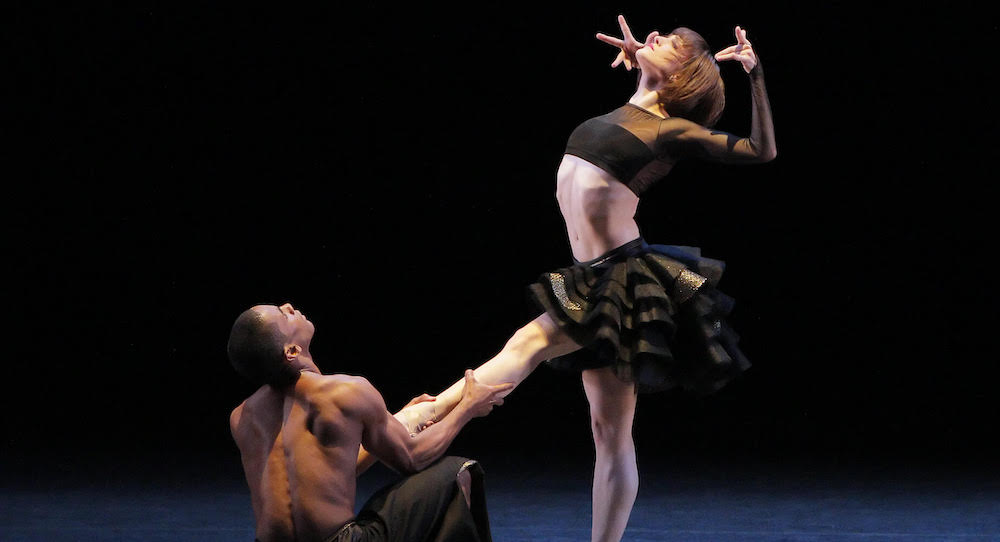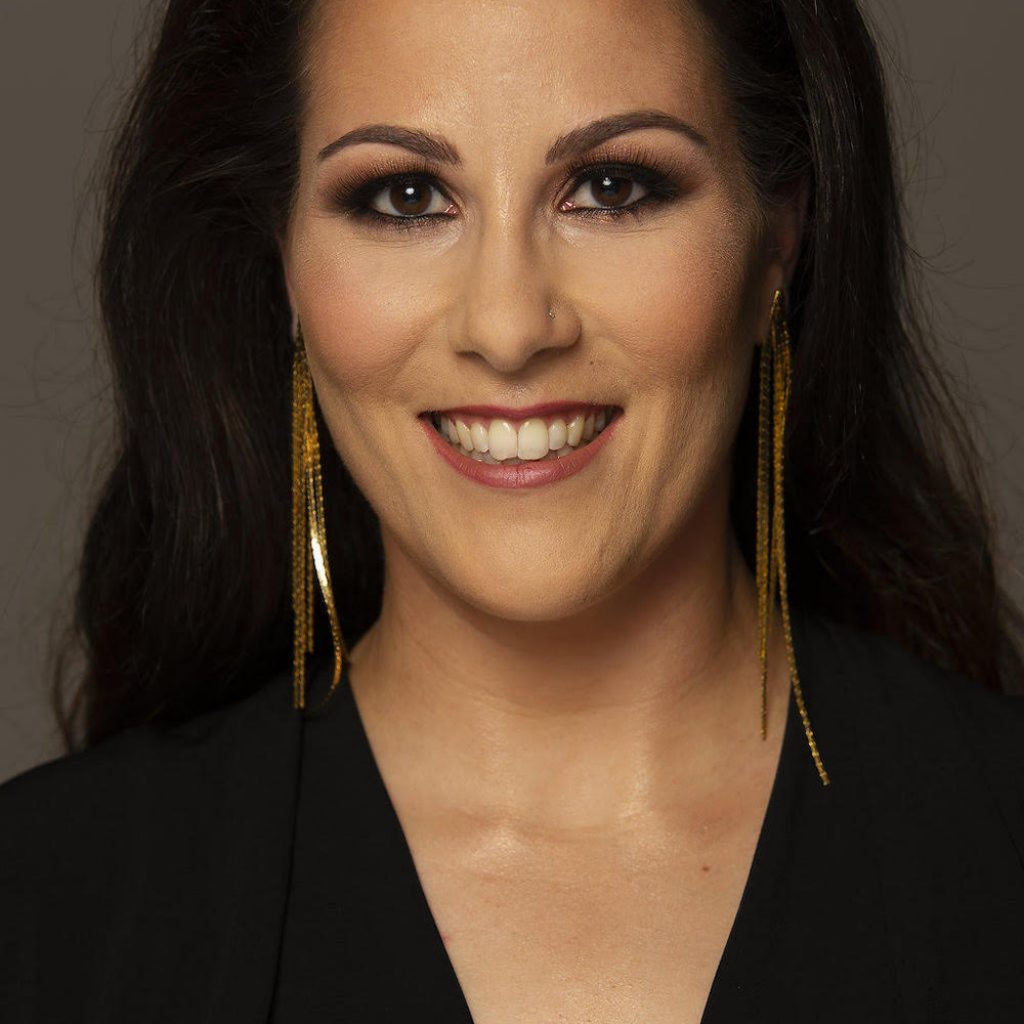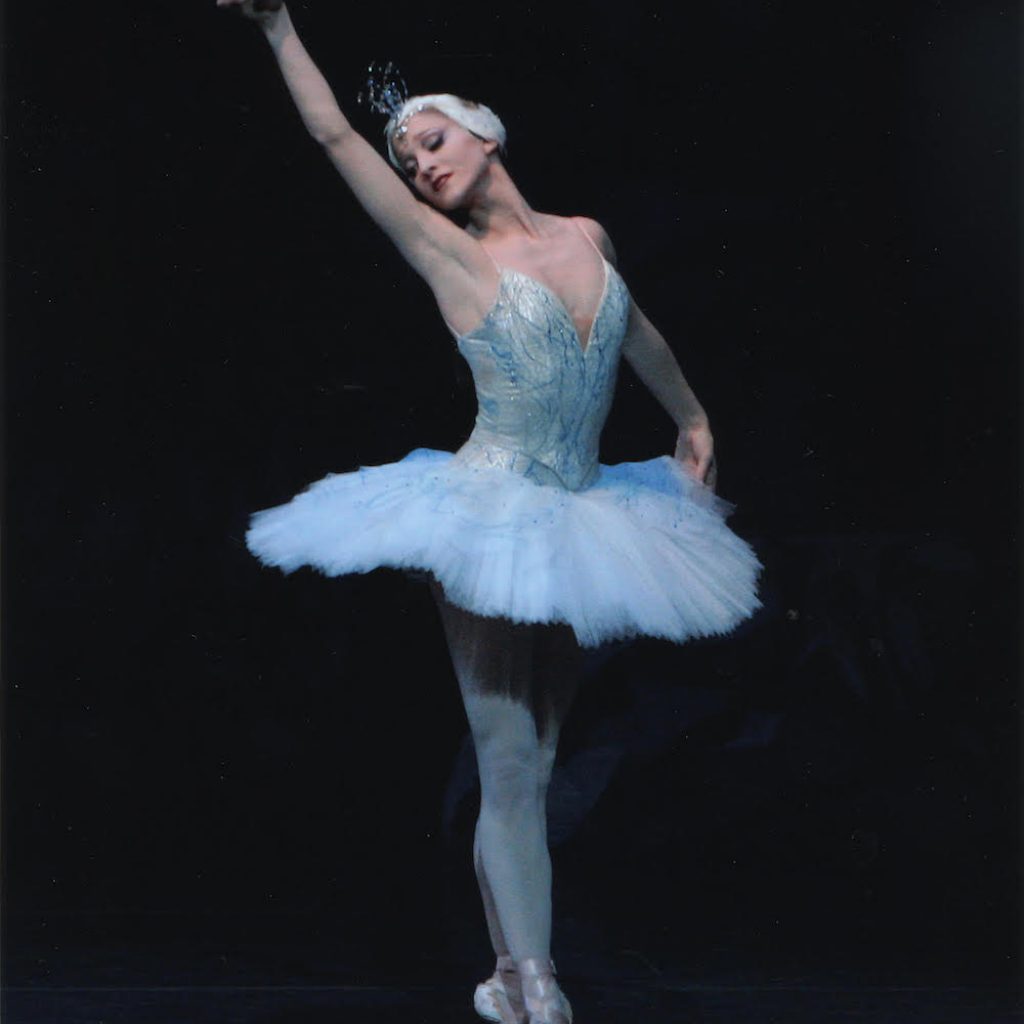“You look great – you must have lost weight!” It’s a fairly common compliment (or at least something meant as a compliment). Modern conversations around body image and overall wellness have called such compliments into question, because – while most likely well-meaning – such comments can actually do more harm than good.
Such comments could be even more problematic when directed at dancers – who are “three times as likely [as the general population] to experience an eating disorder,” explains Rachel Fine of To The Pointe Nutrition (MS, RD, CDN). Let’s leap in to learn more about why a seemingly innocuous comment like “you look great!” can be harmful for dancers, as well as more productive ways to compliment them.
Also to consider here are larger, more systemic factors in the dance world impacting dancer health and wellness – and steps that the dance sector can take to help dancers stay as healthy and supported as possible. We’ll hear from Fine as well as Melody Gamba (BC-DMT, LMHC, dance artist and educator) and New York City Ballet Principal Ashley Bouder, who has been vocal and astute on these matters in her public commentary.
“Nice” but not “kind”: Why commenting on weight can hurt
Gamba lays out why a comment like “you look great, have you lost weight?” can be harmful. As much as the person saying that might intend it to be nice, “we don’t know what their story is, what’s going on in their life.” There could be illness at hand, physical or with their mental health. They could even be undergoing chemotherapy and (very understandably) not openly talking about it.
Unless you truly know the person – and perhaps in some cases when you do – you can’t know what sort of challenges might be at the root of their weight loss. You therefore can’t know how such a comment could be upsetting or triggering to them. Moreover, such a comment can be superficial rather than commenting on “the core of who they are,” notes Gamba. We can see people in our lives, and their achievements, for so much more!
Bouder underscores how our culture, infused with profit-minded images that surround us each day, have people – and arguably women, in particular – seeking that “magazine cover” look. The response to an enthusiastically-voiced comment like “have you lost weight?!” could be, “Thank you, I’ve been working hard to drop a few pounds!”
On the other hand, one receiving such a compliment could wonder, “Well, what did I look like before, then?” Further, a side effect of such an interaction could be to reinforce comparison of ourselves to others, on magazine covers or not. All considered, one could see how – despite good intentions of someone offering such a “compliment” – such comments can become quite a “minefield,” as Bouder puts it.
That comparison aspect can also sharpen dancers’ strong tendency to already compare themselves to their peers (as well as themselves); Bouder notes how dancers are in an overall hyper-competitive field, many of them in hyper-competitive atmospheres each day. For one, they can see – right before their eyes – fellow dancers who’ve lost a few pounds being rewarded for it with solos and other great roles.
That’s an indirect rewarding of weight loss, but Fine notes that it’s prevalent for it to be a lot more direct — right from “higher-ups” such as teaching artists, choreographers and company directors. Moreover, the recipient of a such a comment might not be the only one who it impacts; it can stick with someone if they overheard it and “know the context in which it is said,” Bouder believes – and which Fine also affirms. What might that impact be? Why should it be a concern?
Fine is clear: a seemingly innocuous statement on weight loss, even if meant as a compliment, can be the “spark that leads to certain behaviors, behaviors that can be the road to disordered eating.” She also reminds us that eating disorders don’t always look like what we think they might look like (they go far beyond what looks like extreme thinness). “Anyone in any body can experience an eating disorder,” Fine explains. Ergo, just as Gamba notes, we can’t ever really know what’s happening with people apart from ourselves.
Beyond just that dancer receiving such a comment, praising thinness can be another kind of road: one toward a studio or company culture that’s less accepting of all kinds of dancing bodies, less appreciative of the beauty that they all can offer. One might be skeptical that a simple comment can have such an impact – yet, “language has power, and it can do damage,” Gamba asserts.
Truly kind compliments: How to compliment a dancer, really
All of that considered, one might also wonder what to do with the impulse to compliment a dancer on how they look – again, something that most likely comes from good intentions. Bouder thinks that a good first step is a little introspection. “Ask yourself why you want to give that compliment,” she says. Resulting from this, Gamba believes, is the “power of the pause” (from Ebony T. Nichols, LCAT, BC-DMT), allowing one to consider what they really want to say, the sort of impact that it might have, and if saying what they’re about to say sincerely aligns with their values.
Bouder believes that comments on weight can land differently depending on who gives them – for example, a close friend in a company, with whom one has discussed their challenges and goals, versus an artistic director with that level of authority. Fine also notes that weight-based comments might be called for when there are concerns over student health (which can include, but are not limited to, drastic weight loss). Educators are the “front line”, she affirms. Yet, in these cases, referring students to qualified professionals – such as registered dietician nutritionists with expertise in eating disorders – might be necessary.
In the majority of cases, however, Fine sees the risk of catalyzing disordered eating behaviors as “just too high” to casually comment on a student’s weight. “We have to regard how a dancer might translate that information.” Instead, we can focus on a dancer’s artistry. We can direct technique corrections toward what’s truly the technique at hand – rather than on anything body-based. (For example, to encourage moving with a more supported center, “pull up from your center through the top of your head” rather than “your belly is sticking out”.)
Toward those ends, Gamba shares how she likes to approach corrections and cues as a teaching artist: imagery, visualization and workshopping specific movement mechanics. She seeks to help students better understand their body and how they move — “what your pathways are”, “what’s your à la seconde”, “what’s your 100 percent today,” for example.
She even sometimes has her students dance facing away from the mirror, so that they’re more focused on interoception (feeling their own body, their movement and its pathways) than on how they look. To fears that these sorts of approaches can take more time and focus than is feasible, she urges us to watch the modern urgency toward productivity. “Remember that less can be more,” she reminds us.
Both Gamba and Fine see this sort of focus in dance pedagogy, versus a body and appearance-centric one, as helping dancers towards their full potentials. “Weight is largely out of our control, so it’s more helpful to critique what dancers can actually work on,” Fine affirms. Gamba also encourages listening to one’s instinct and inner voice – when in doubt, and always. “If something doesn’t feel right, listen to that.”
Gamba additionally recommends grace toward oneself if a weight loss comment does come out. “I’ve made mistakes,” she freely acknowledges. Bouder notes how compliments can come from our emotions, and emotions can make things just pop out of our mouth (going back to that “power of the pause,” it can take time for our rational brains, versus our emotions, to be in the driver’s seat).
If that happens, be vulnerable and honest, Gamba advises. To the person whom we may have harmed by something we said, ask what they need to get back (or closer) to a supported, well place. If we take the opportunity for it, all of that can even offer a social-emotional learning moment for our students.
More than just one-on-one conversation: The dance world at large
Indeed, one-on-one interactions very much matter in all of this. Yet, systemic factors in the dance world at large also have an impact. Bouder believes that it can go a long way to make professional, evidence-based supports toward dancer wellness – including nutrition and mental health counseling – more accessible and universal. In fact, she wants to see these services as mandated, to some basic extent (for example, having it required to have all dancers in a company see a nutritionist once every few months).
That sort of policy can reduce stigma by fully normalizing the utilizing of these services. Bouder advocates for going even further there by celebrating these services and the trained, experienced professionals who offer them. For instance, creative marketing can highlight all of that as a strength of a particular school or company – even part of why it excels. That could be a message of “our dancers are excellent because they are strong and healthy, on multiple levels, as a result of these offerings.”
For one, helping dancers become mentally stronger and more balanced can strengthen how they handle that atmosphere of competitiveness (including being competitive with themselves). Bouder believes that some level of competitiveness is actually necessary to keep advancing as a technician and as an artist. The key is learning how to do that with a sense of positivity, possibility and balance. “If I keep working hard but also continue to take care of myself appropriately, I can get there!” – rather than self-doubt, shame or mental inflexibililty.
All of that can help dancers be more resilient, and consequently less likely to spiral into unhealthy behaviors, because of a weight comment from someone like a company director, notes Fine. Bouder sees all of that going in the right direction, yet also that some company highers-up could use more resources and creative thinking on how to make it work in a more concrete, evidence-based way.
In that line of thinking, Bouder also underscores that shifts in the language of actions of those in positions of power (teaching artists, choreographers, company directors) can make a big difference. “It will change the way dancers talk to each other,” she asserts. “Dancers often look up to those in authority. Leaders of any capacity, official or non-official, have to think about how we’re talking.”
Gamba notes that we sometimes have to do our own work toward healing in order to be more aware in those ways. If we don’t, then there’s a greater risk of us passing on our own wounds – and onward it goes from generation to generation. “Healing is a lot of work, and it can be uncomfortable,” she acknowledges. “But lean into the discomfort – it’s worth it!”
Greater body diversity in the dance world – and particularly at the top ranks – can also have a positive impact in this matter, Fine believes. “Clients have said things to me like, ‘Everything you’re saying makes sense, but look at who’s dancing in the top companies, look at what they look like,'” she shares. If we can make dancers feel welcome at whatever size they are, they will valorize and painstakingly seek thinness less. From that place, “you look great – have you lost weight?” can do less harm. “How boring if all dancers were just these cookie-cutter images!” Gamba quips.
By Kathryn Boland of Dance Informa.




















